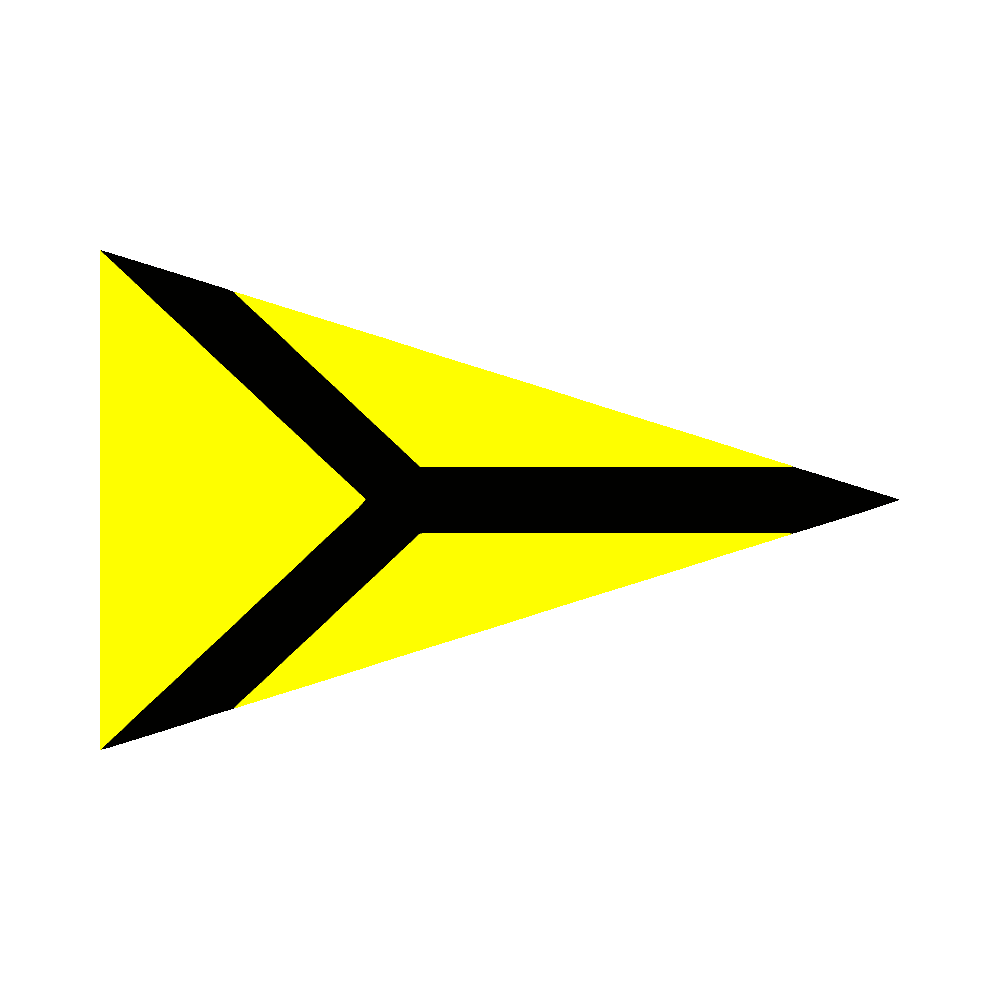
Long Beach Yacht Club
Long Beach Yacht Club, founded in 1929, gained international recognition through the Congressional Cup sailboat regatta. It originated with plans for a powerboat race between Long Beach and San Francisco. The race was to coincide with the San Francisco Motor Boat Show, promoting both the show and Northern California’s boating industry. Daniel M. Callis, Sr., an active Long Beach architect, played a pivotal role in establishing the club. The inaugural race covered 460 miles, from Long Beach to San Francisco, using a handicapping system. The winner received a trophy donated by Sir Thomas Lipton. Despite initial challenges, the success of this race led to the formation of the Long Beach Yacht Club.
Stories from Long Beach Yacht Club
In 1929, a group met at St. Francis Yacht Club in San Francisco, in an effort to secure support for a real Long Beach Yacht Club. Jonah Jones, Jr. convened a subsequent meeting with Long Beach businessmen interested in yachting, ultimately agreeing to form a real Long Beach Yacht Club. Richard Loynes, a renowned speedboat racer, became the first commodore. Despite the stock market crash, the new LBYC swiftly attracted 100 members, each paying $5 per year (kids paid $2.50). Within weeks, they organized a speedboat race from Long Beach to Avalon, and by February 1930, membership had grown to around 150.
In 1929, D. M. Callis became commodore at the Pacific Coast Club, attended by 125 people. Notable guests included commodores from the Catalina Island Yacht Club, California Yacht Club, and Los Angeles Yacht Club. The focus was on creating a yacht harbor in Long Beach and constructing a clubhouse. Discussions with Long Beach and Los Angeles County officials led to plans for the clubhouse once a harbor location was confirmed.
Using the Pacific Coast Club as its headquarters, discussions began with the City of Long Beach and County of Los Angeles regarding development in Alamitos Bay and plans were formulated to begin construction. Despite their efforts, Long Beach and Seal Beach agreed to construct a bridge over the San Gabriel River mouth in 1931, connecting Seal Beach to Ocean Boulevard in Long Beach. Unfortunately, this bridge restricted access for any vessels 14 feet or more in overhead clearance, hindering Alamitos Bay’s development as a significant yacht harbor for two decades.
In 1936, the first LBYC clubhouse was approved, sparking fundraising efforts and member contributions. By the start of the 1937 regatta season, the facilities were fully paid for. Located west of downtown Long Beach, the clubhouse stood a 2,000-foot stroll along a boardwalk from the shore. It featured moorings, a Star Boat dock and an anchorage area. While no boardwalk extended beyond the clubhouse, local lore suggests that young ladies enjoyed refreshing skinny dips in the secluded L-shaped end of the mooring field.
As the war years approached, LBYC faced changes. Records differ on whether the club sold or donated its first clubhouse to the Sea Scouts in 1939. However, newspaper articles indicate that the facility remained with the club until at least 1941. Despite losing the clubhouse, yachting and social activities persisted amidst the global events unfolding. World War II significantly impacted club members’ lives and boating activities. During this time, Alamitos Bay emerged as a marina and eventually became home to the Long Beach Yacht Club’s second clubhouse.
Prominent individuals associated with LBYC had been involved in Alamitos Bay’s development since the 1920s. However, the second clubhouse could only be built after protecting the bay from floods and constructing the marina. Members’ determined efforts secured an initial lease for the clubhouse site in March 1959. The lease expanded in January 1960, encompassing the clubhouse building and access to Basin 4 slips. By September 1969, the lease extended to 2020. On June 1, 1960, groundbreaking for the current clubhouse on Appian Way took place, with dedication ceremonies held on December 16, 1960. LBYC was now poised for rapid expansion and global recognition within the yachting community.
LBYC thrives on the constant activities provided for the members that include racing, yachting, fishing, diving, swimming, social programs and youth activities. The club actively participates in community outreach using Catalina 37s. Notable activities include the Marcedes Lewis Regatta, where six Boys and Girls Club teams compete. High school students from Jordan High Schools sail in The Panthers at Sea, and Boys and Girls Club kids race in the Wet Wednesday events. The Patriot Regatta draws participation from all five branches of the armed forces—Air Force, Army, Coast Guard, Marines, and Navy. Youth programming is a highlight, offering sailing and swimming lessons for little ones, swim team meets, and competitive regattas. As LBYC looks ahead, its leaders balance tradition and innovation to serve members.
David Stotler
Commodore
